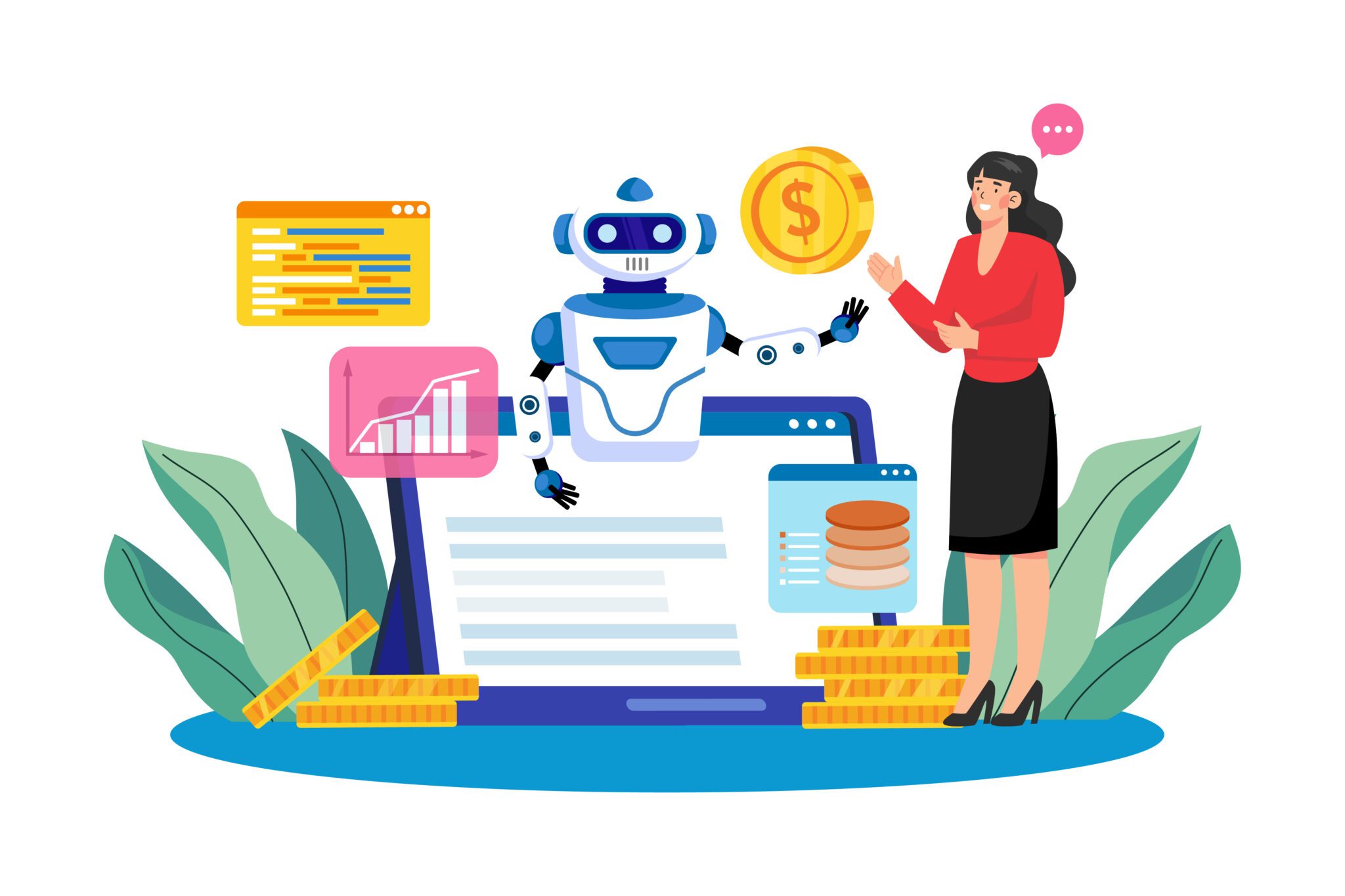The last few years have brought disruption after disruption to bear on the ways companies and customers interact. Arguably, the company-to-customer connection has been more disrupted than supply chains or operations, and more affected by disruptors like Covid and technology than any other key relationship. Think of the rise of e-commerce — which hockey-sticked during the pandemic; or the sudden (or seemingly sudden) ubiquitousness of self-checkout kiosks at grocery stores and pharmacies; or the ever-greater prevalence of voice response systems, to which you must listen closely because the “menu options have changed.” Or, recall the Covid-19 shutdowns and subsequent bounce-back, which altered everything from how diners eat to how sales reps call on B2B customers.
These trends and sudden swings have created significant difficulties for middle market companies and — as we will see — a very important challenge and opportunity for their growth ambitions.
With all of this change has come a dramatic upsurge in customer dissatisfaction. Actually, that’s understating it; we’ve seen an upsurge in customer rage. The newest edition of the Arizona State University W.P. Carey School of Business survey of customer rage found that last year 74% of customers said that they have experienced problems with a product or a service — up from 47% two decades ago. The survey goes on to note that customers are getting angrier and angrier about how they are treated when they deal with companies — and are far less reluctant to express their rage not just to companies, but on social media for all to see. Some of that rage may reflect a rise in general incivility, rather than any specific company failure. But companies bear a good share of the blame; after all, the #1 customer frustration is being unable to talk to a person when they have a problem — and the #2 complaint is that they can’t even find out how to contact the company at all.
From Leaders to Laggards — How Most Companies Are Failing Their Customers
Why? Our analysis suggests that many companies have fallen victim to what they see as a zero-sum game between high-quality service and low cost. Indeed, according to a nationwide survey we conducted, just 15% of companies successfully combine both — i.e., high levels of efficiency and advanced data and analytics combined with high levels of proactive outreach and service — and we call them “Leaders.” Amazon, Amex, and Apple come to mind, and get an “A” in our book.
Go too far in one direction, and you are a “Big Spender,” putting more money into customer service, support, and success than you are getting back in terms of profitability and loyalty. Go too far in the other, and you’re a “Miser,” penny-wise and pound-foolish, frustrating and ultimately losing customers because you don’t connect with them on a level that matters to them.
Surprisingly, 41% of the companies we surveyed fall into the unfortunate “Laggard” category, where they see customer support as a downstream cost center requiring minimal investment, and suffer from low customer satisfaction ratings and high customer churn.
Addressing this tension between cost efficiency and customer intimacy is important for companies of any size, but it’s especially important for midsize companies, particularly those upper-middle-market companies with ambitions to rise to the top of their industry. In many cases, they built their brand, and their differentiation from the big guys, on the idea of personalization — of being closer to their customers than their multinational rivals can be — while also offering more sophistication, a broader offering, and more underlying service capability than small businesses can.
Herein lies the core challenge: to grow, they need to build customer capabilities that are scalable, but if they do that at the expense of proactive connection with customers, they will lose their identity and a big piece of their competitive edge.
Escaping the Zero-Sum Game Approach
We don’t think service and scale are a zero-sum game. On the contrary, we’ve seen company after company make it work, often realizing results in the first year. For example:
- A mid-market payroll solutions provider (with ~2,000 employees) working in a niche part of the industry reduced their servicing cost by 30% and set-up a “Customer Success” team to nurture client relationships and enhance loyalty. The result: a 650% increase in their net promoter score and a substantial increase in wallet share, helping them to gain an edge over the competition in just one year.
- A $500M revenue data storage and protection company reduced its customer-service operating costs by 20% by eliminating duplicate systems and reducing complexity and cost-to-serve by improving the alignment and communication among sales, renewals, and services teams. Revenues rose by 10% in the first year after implementing a Customer Success program that was laser-focused on proactive customer contact, improved wallet share, and improved loyalty.
- A cybersecurity company with ~1K employees increased its use of automation to reduce support costs by approximately 15%; but the same system improved call routing to serve customers better and faster, resulting in a substantial increase in its customer satisfaction score. NPS nearly doubled and customer attrition dropped by 5%, increasing Net Retention Revenue (NRR).
How do they do it? By undertaking three things simultaneously and with a get-stuff-done sense of urgency:
Have a strategic point of view about who you want to be to your customers.
There can be reasons to spend big on personal touch (for example, in a new industry or for a luxury product or service), and reasons to under-invest (e.g., you are in a commodity business where price and availability are more important than anything else). But most companies should seek a competitively advantaged sweet spot where the right kinds of hands-on, proactive attention meets the right kinds of automation and efficiency. You need strategic clarity about what that sweet spot is — and to back that up with the right measurements and incentives.
Do the research to understand your customers’ biggest frustrations and pain points.
What is your brand promise that customers expect you to deliver? Is it a high-touch white glove service (think a Four Seasons hotel) or is it transactional support focused on saving you time (like a Motel6). How do customers perceive the value of your brand, what do they expect to be delivered, and where are your failure points? Use that knowledge to identify a handful of key initiatives that can make a difference in the next six months. For example, rather than forcing self-service or automation on all of your clients, you might be able to meet them in their preferred channel of choice e.g., self-service for tactical queries (or digitally-savvy customers), vs. white-glove customer care for others.
Update your understanding of the art of the possible.
Advances in AI and machine learning in just the last three years have transformed customer relationship management, just as they have rendered (on the upstream side of things) a lot of old ERP systems obsolete. You can now quite inexpensively get real-time customer data at a granular level and build individualized profiles of customers’ needs. It is also easy to route the most valuable or unhappy clients to the most senior or tenured customer care specialists. And the landscape continues to evolve quickly with newcomers like ChatGPT.
Midsize companies especially need to continually explore these options for two reasons: First, because these evolving digital enablers give companies the edge they need to move up from “Laggards” to “Leaders” with more customer insights, views into Customer Lifetime Value (CLV), propensity to churn (improving loyalty), and customer sentiment. Second, your competition is using it, and the bar is rising for everyone.
It Can Be Done: How Winning Companies Are Realizing Tangible Value
As companies continue to navigate this uniquely disruptive environment, we are seeing more leaders protecting their customer base by optimizing customer experience and loyalty. For midsize companies especially, when acquiring new customers or expanding market share becomes increasingly unpredictable, investing in enhancing customer experience, Customer Lifetime Value (CLV) and Net Retention Revenue (NRR) becomes a powerful way to preserve and expand revenue.
Investing in systems and processes won’t be enough. We have found that to win, companies need to focus on three key things to achieve real change:
Elevate customer success to be a core part of the business strategy.
Increasingly, customer experience is seen as a competitive differentiator, especially as more companies stumble in their attempts to shift to digital solutions. Investing in experience and loyalty can drive topline growth, but only if leadership agrees that customer success should have a seat at the table, right next to sales and marketing in terms of strategic importance to your brand’s growth.
Manage technology investments through the business first, not IT.
It is critically important to view digital solutions as strategic business investments, and not technology investments. Time and again we see winning companies frame their core challenges, solutions, vendor selection, and even operationalization as top-down, strategically aligned efforts where IT provides implementation support, rather than acting as the gate keeper. Don’t fall for the latest shiny object — remain true to the brand promise and core objectives.
Appoint a Customer Success leader to take ownership of measurable impact.
Real change will require a change in mindset, and most important, sustained commitment over time to implement needed initiatives, lead training efforts, integrate systems changes, and track financial impacts. Appointing a dedicated leader is critically important to have real ownership to keep Customer Success top of mind as a strategic imperative for growth, even in the most disrupted markets.
In this uniquely disruptive and uncertain environment, it makes sense for companies to invest in protecting their customer base by optimizing customer experience and loyalty. When acquiring new customers or expanding market share becomes increasingly unpredictable, investing in enhanced customer experience, Customer Lifetime Value (CLV) and Net Retention Revenue (NRR) becomes a powerful tactical lever to preserve and expand revenue.
It can be done. And, with rapidly evolving digital solutions, it can be done faster and more inexpensively than ever. More winning companies are converting this time of disruption into an opportunity to implement customer success solutions to expand revenue and gain a competitive edge. The only question now is: As we emerge from disruption, will you be a Leader, or a Laggard?


 News4 days ago
News4 days ago
 News6 days ago
News6 days ago
 News3 days ago
News3 days ago
 News3 days ago
News3 days ago
 News4 days ago
News4 days ago
 News4 days ago
News4 days ago
 News4 days ago
News4 days ago






